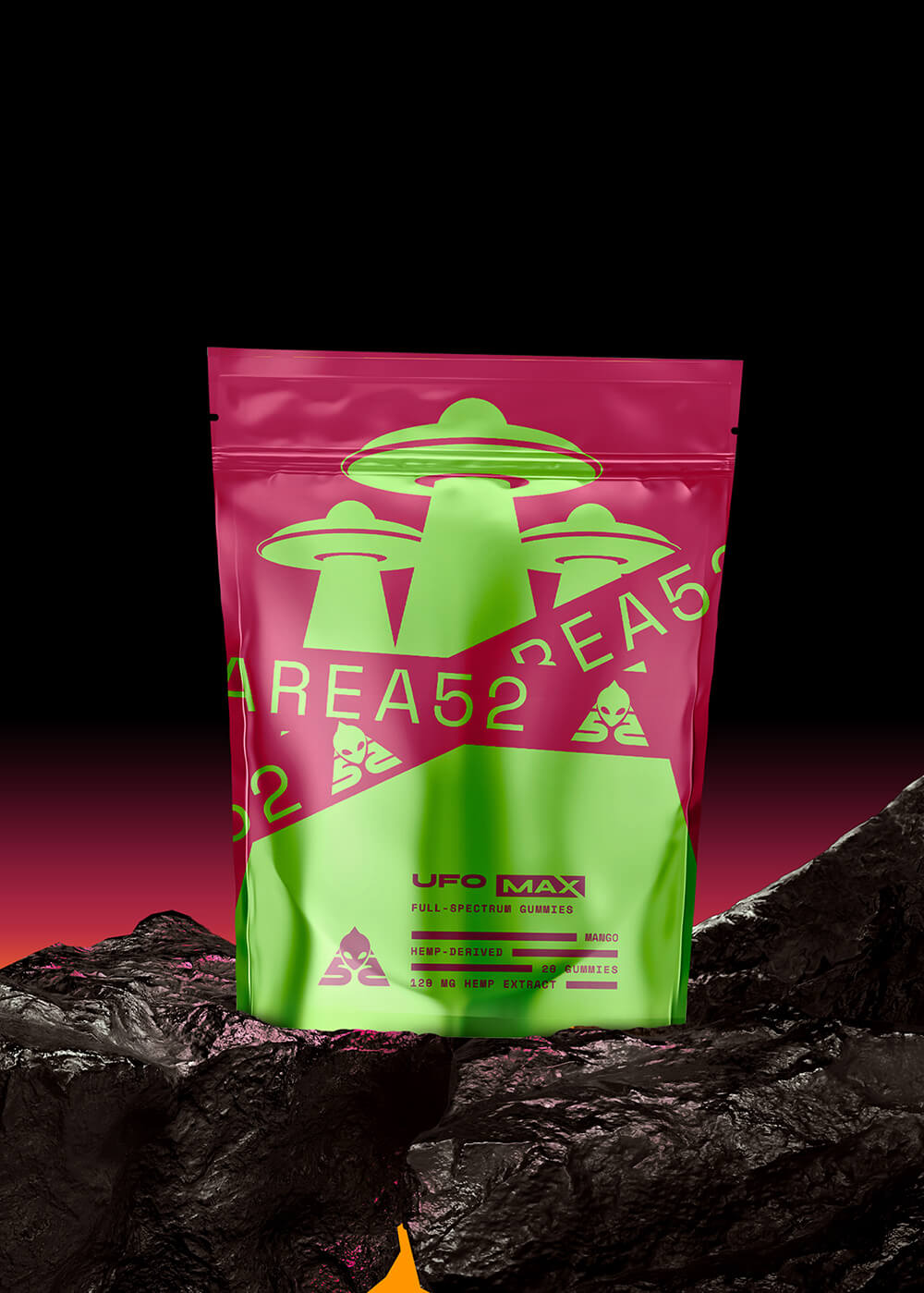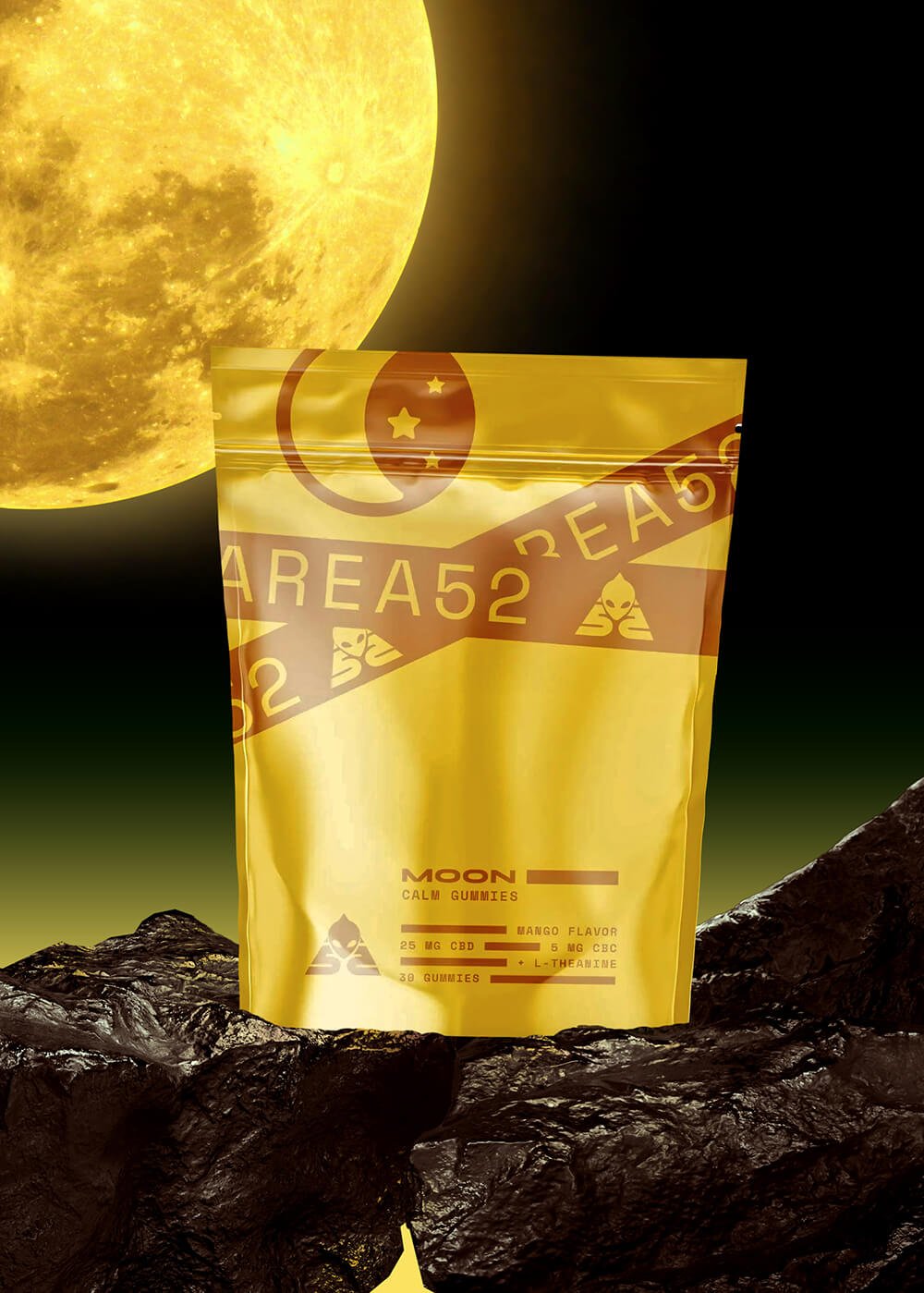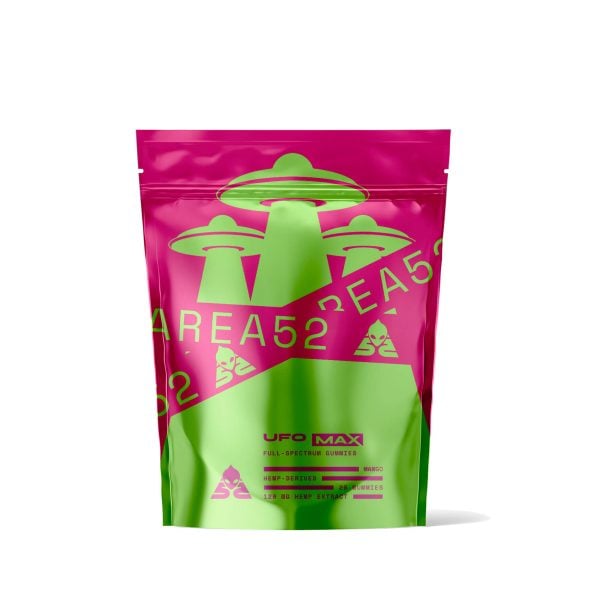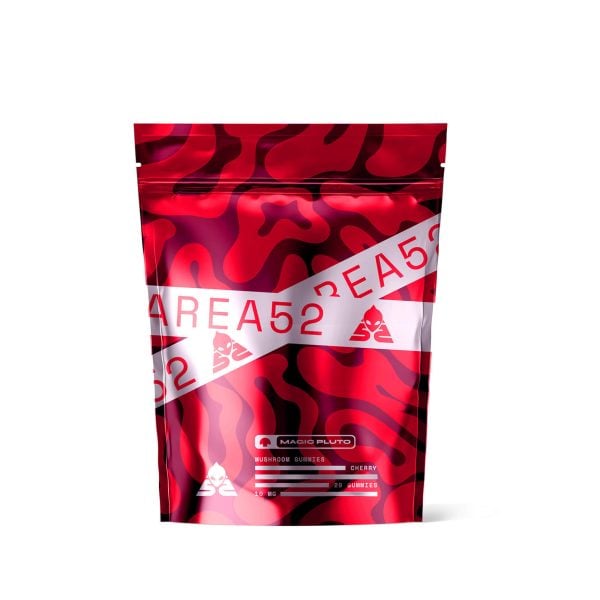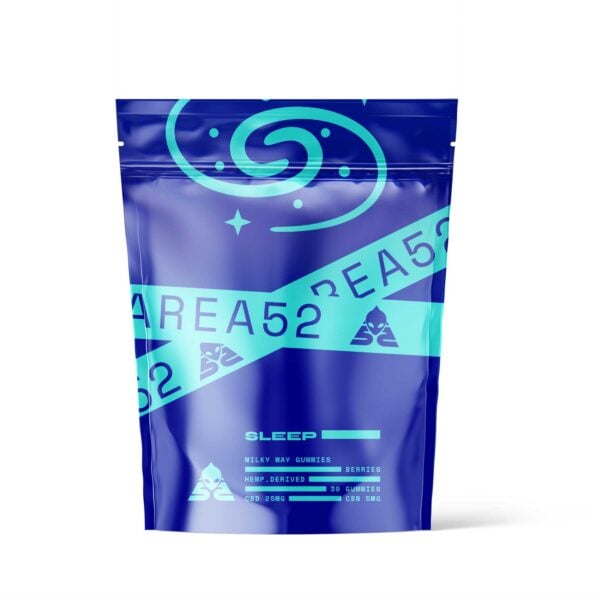The Difference Between CDT Carts vs. Non-CDT Carts: Detailed Explanation

When looking at CBD and delta 8 THC vape carts, you may have heard the terms CDT carts vs non-CDT carts.
What does this mean, exactly?
In this guide, we’ll explore what this term means and why you should ignore it entirely. We’ll also include some other, more reliable ways of assessing the quality of vape ingredients.
What Does CDT Stand For?
CDT stands for “Cannabis-Derived Terpenes.”
CDT vape cartridges contain a group of natural compounds called terpenes naturally produced in the hemp plant (and all types of cannabis plants, for that matter).
Delta 8 THC cartridges contain a delta 8 THC distillate that produces the desired effects of tetrahydrocannabinol when inhaled. When this distillate is the only extract present in the cart, they’re known as non-CDT cartridges.
Delta 8 THC distillates combined with terpene extracts from hemp are known as CDT carts. If the terpenes aren’t derived specifically from hemp, they’re considered botanically-derived terpenes (BDT).
While it’s true that the presence of naturally derived terpenes in your vape cart can significantly enhance the effects of the delta 8 extract, it doesn’t need to be cannabis derived terpenes from hemp in order for this to work.
Ultimately, limonene extracted from hemp is the same limonene that’s extracted from lemons or citrus fruits. The difference is that the hemp-derived version is 5 times as expensive.
Why The Term CDT Doesn’t Mean Anything
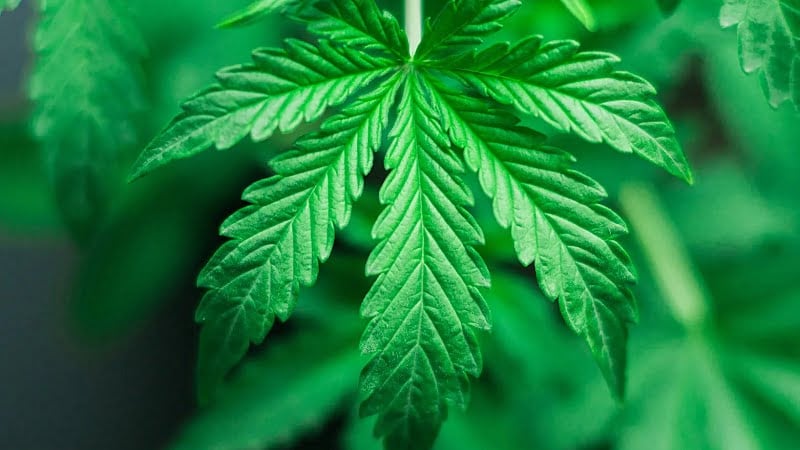
CDT is meant to refer to products that use natural cannabis terpenes extracted exclusively from hemp. The problem is that there’s no way to truly verify the origin of a particular terpene.
Companies can use terpenes extracted from other plants to make their cartridges, and the third-party analysis will look identical to products made with the same aromatic compounds derived from hemp.
This is because there’s no structural difference between a given terpene derived from hemp, compared to the same terpene derived from another plant source.
For example, bisabolol is always bisabolol whether it’s from hemp or chamomile. Pinene is pinene whether it’s extracted from cannabis strains or pine.
The list goes on indefinitely.
The difference is that hemp makes bisabolol in concentrations below 0.1%, while chamomile makes it in concentrations of nearly 21%. The cost of extracting this terpene from chamomile is substantially lower.
Some terpenes, such as myrcene, are abundant in the essential oil of hemp. It makes sense to use myrcene extracts from hemp (CDT). Others, like ocimene or geraniol, are produced in such minuscule concentrations it would cost a fortune to isolate and concentrate it into any usable quantity from hemp. It makes way more sense to obtain this terpene from another plant source.
Companies that claim to source all their terpenes from hemp (AKA, CDT carts) are very likely exaggerating this claim. They may use one or two hemp-derived terpenes, but the rest will be sourced from other plants. We believe this is misleading and isn’t what a true CDT really is.
The Real Concern is Synthetic Terpenes
The issue isn’t whether the terpenes come from hemp or other plant sources — it’s whether the terpenes are naturally occurring at all.
There are a lot of carts on the market today that aren’t using real terpenes. They’re using synthetic terpenes or synthetic fragrance oils and other synthetic flavorings to provide the taste of the cart.
These products should be avoided at all costs. Some of these compounds have been shown to mimic various hormones in the human body, which can cause chronic health conditions if used repeatedly.
Always stick to naturally-flavored delta 8 carts and avoid anything that uses words like “fragrance oil” or “natural flavors” on the label. This is the “marketing friendly” term for synthetic terpenes.
Are Area 52 Delta 8 Carts CDT or Non-CDT?
Our carts and disposable pens here at Area 52 use a combination of hemp-derived terpenes and botanically-derived terpenes. We use hemp-derived components when it makes sense, and source terpenes from other plant sources when hemp-derived versions become cost-prohibitive.
We want to keep our cannabis products as affordable as we can without compromising on quality.
As part of this, we see no reason to jack the price up just for the sake of spending 3 times more for hemp-derived limonene rather than lime-derived limonene at no added benefit.
We believe the addition of these terpenes adds depth of flavor, improves fragrance, and contributes to the entourage effect — but we see no reason to exclusively source terpenes from hemp.
What Are Terpenes?

Terpenes are present in a variety of fruits, herbs, and plants. They’re responsible for the aromas and flavors of many different fruits, vegetables, and herbs. A few you’re probably familiar with include lavender, pine, citrus, chamomile, mint, and much more. They are more commonly called aromatic compounds.
Terpenes also contribute to taste. This is because scent contributes about 60% of what we experience as taste.
A good example of this is found in a compound called vanillin (a terpene found in vanilla) is partly responsible for the sweet taste of vanilla. Vanilla isn’t actually sweet. If you cover your nose and drop some vanilla extract on your tongue, it’s quite bitter. It’s the terpenes in the extract that essentially “fool” your brain into thinking it’s sweet.
Although we used vanilla as an example, the same goes for several different plants, extracts, fruits, and vegetables, including cannabis and hemp.
What’s the Difference Between Cannabis-Derived & Non-Cannabis Derived (Botanical) Terpenes?
As you now know, terpenes are in an array of natural products from around the world.
Structurally, cannabis-derived terpenes and terpenes from other sources are the same. However, cannabis strains contain a far more diverse range of terpenes than other terpene-rich plants such as lavender and rosemary.
That’s one reason cannabis is so aromatic, and the smell seems to escape even the tightest of seals. The distinct fragrance and flavor don’t come from its cannabinoids but rather its terpenes. And that’s why cannabis has such an unmistakable cannabis smell.
There are three main terpene categories that you’ll come across when looking at vape cartridges:
1. Cannabis Derived Terpenes
Hemp-derived terpenes are extracted specifically from the hemp plant. Manufacturers extract these terpenes through methods like steam distillation and supercritical CO2 extraction and distillation.
2. Botanically-Derived Terpenes
Botanically-derived terpene is a term that refers to volatile compounds obtained from plants other than cannabis. Many plants make the same terpenes as the cannabis plant does — but in significantly higher concentrations.
3. Synthetic Terpenes
When terpenes are obtained synthetically, companies often use names like “natural fragrance” or “natural flavors” — even though there’s nothing natural about them. These compounds often have entirely different chemical structures than their natural counterparts.
Lime scent, for example, has an entirely different chemical structure than limonene. It’s named for its aroma, rather than for its resemblance to its natural terpene counterpart.
Synthetic vs. Natural Flavors
Synthetic terpenes or “synthetic flavors” can be deceptive because manufacturers might label them as “natural flavors.” These chemical concoctions lack the full synergy provided by natural cannabis terpenes and can pose unknown health risks.
When shopping, always look for “terpenes extracted” from authentic plant sources (hemp or otherwise) rather than something artificially produced. This simple check helps cannabis enthusiasts avoid unnecessary additives in their cannabis products.
What Are the Benefits of Terpenes?

The two most noticeable benefits of terpenes in vape cartridges are improved smell and flavor. Both cannabis-derived terpenes and non-cannabis-derived terpenes can enhance the flavor and aroma of the vapor produced by a vape pen.
Terpenes can sweeten the vapor and improve the depth of flavor.
Terpenes are often combined together in ways that recreate popular cannabis strains. This can make the vaping experience feel more “authentic” — providing a subtle taste and aroma of famous cannabis strains when inhaled.
Adding terpenes to delta 8 THC carts may also have some additional benefits above simple taste and aroma.
Many people prefer using terpene-infused carts over carts without terpenes because they believe it can enhance the effects associated with delta 8, CBD, and other popular cannabinoids through the entourage effect.
What Flavor Are Terpenes?
Terpenes come in many different flavors, and the options are almost infinite. However, when we talk about delta 8 THC vape carts, we’re often talking about cannabis-derived terpenes.
Terpenes (both CDT and non-CDT) can add several different flavor notes to the vapor produced.
Unlike synthetic flavorings, terpenes don’t have a strong “kick” of flavor when inhaled. The taste isn’t as sweet, fruity, and thick as artificial flavors such as strawberry, grape, and lime. Terpenes provide a pleasant, more authentic flavor than synthetic additives as well as a variety of separate health benefits.
Below we have a list of cannabis-derived terpenes that provide the most noticeable aromatic notes to vape carts:
1. Myrcene
Myrcene is the most abundant terpene found in cannabis and hemp. It’s responsible for the spicy, peppery, and earthy fragrance of the plant. It’s also present in hops and is responsible for the distinct flavor and aroma of “hoppy” beers and lagers.
This terpene makes up around 20% of the terpene profile in most cannabis and commercial hemp strains. The highest concentrations of myrcene are in the flower.
2. Limonene
Limonene is an aromatic terpene found in cannabis and hemp and found in the peels of citrus fruits such as orange and lemon. As you may have guessed, this terpene produces a citrus-like fragrance and flavor profile commonly noted in “lemon” strains of cannabis.
Limonene makes up around 2% of the terpene profile in most commercial strains of cannabis and hemp. The highest concentrations of this terpene are in the resin glands of the plant.
3. Pinene
Pinene is responsible for the pine-like flavor and fragrance of cannabis and gives pine needles, rosemary, and basil their distinct smell. This terpene gives some strains its fresh forest aroma, similar to woody herbs and pine trees.
This terpene has similar percentages as limonene, but levels fluctuate depending on strains. The highest concentration of pinene is in the trichomes (resin glands) of the cannabis plant.
4. Terpinolene
Terpinolene is found in low percentages in cannabis and hemp. The lower concentration means it’s much more subtle than the other terpenes on the list. You may not notice the flavors associated with this terpene, but the undertones can enhance a vape cart’s overall flavor and fragrance.
Terpinolene is also present in spices such as cumin and nutmeg. Its aroma and taste are floral, peppery, and slightly citrusy. It’s one of the least common terpenes found in hemp and cannabis.
5. Ocimene
Ocimene is responsible for the sweet flavors associated with certain cannabis strains and in mint, parsley, and other aromatic herbaceous plants. The amnesia strain has relatively high levels of ocimene — being responsible for its iconic fragrance and taste.
This cannabinoid is found in extremely low percentages, with the highest concentrations in the flower and its trichomes. Percentages vary from strain to strain, but subtle undertones are noticeable in CDT vape carts.
A Final Word: Are CDT Carts The Best Option for You?
If you’ve got this far, you now know the difference between CDT carts and non-CDT carts.
We love the idea of keeping all the terpenes exclusively extracted from cannabis — but there’s really no reason for doing this. Using only hemp-derived terpenes means the cost of the vape will go up significantly at no added benefit.
We prefer using a blend of cannabis-derived terpenes, and terpenes from other plants as well. This keeps the cost down, without any detriment to the flavor or benefits of the final product.
Apply a healthy dose of skepticism to any company claiming to have 100% CDT carts. It’s impossible to verify these claims.
With that said, avoid any products that use synthetic terpenes or other fragrances, and always check the third-party lab tests to verify the terpenes a company claims are actually contained in the final product (they often aren’t).
Frequently Asked Questions
1. What’s Better: CDT or Live Resin?
Live resin comes from flash-frozen cannabis material, preserving more of the plant’s natural terpenes and cannabinoids. CDT simply means terpenes are extracted from cannabis, which can include fresh or cured plants. Each offers unique flavor profiles, so it boils down to personal preference.
2. Is CDT Psychoactive?
The cannabis derived terpenes (CDT) themselves aren’t psychoactive and don’t cause a “high” on their own. Terpenes mainly enhance flavor, aroma, and the potential entourage effect. It’s the THC or other cannabinoids in the cart that deliver psychoactivity.
3. Are CDT Carts Good?
CDT carts give you the authentic taste and aroma of cannabis, but unless they contain THC and other cannabinoids, CDT carts can’t give you the same experience as weed.
4. What Is a Cured Cart?
A “cured cart” typically refers to a vape cartridge made from cannabis that’s been dried and cured before extraction, rather than fresh-frozen plant material (as with live resin). Curing changes the terpene profile and can alter flavor and smoothness. Some consumers find cured extracts more mellow or earthy in taste.
5. Will Delta 8 Make Your Eyes Red?
Yes, delta 8 THC can cause red eyes, although typically less intensely than delta 9. Blood vessel dilation is part of THC’s effect, so some degree of redness is common among THC users. Staying hydrated and using eye drops may help alleviate dryness or redness.
